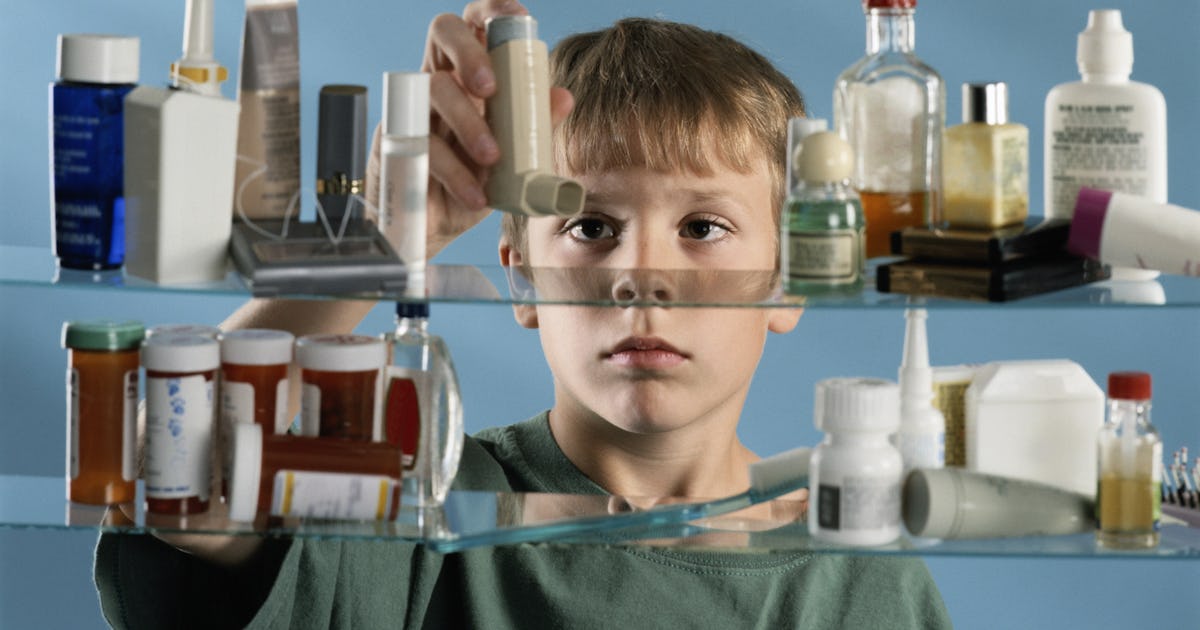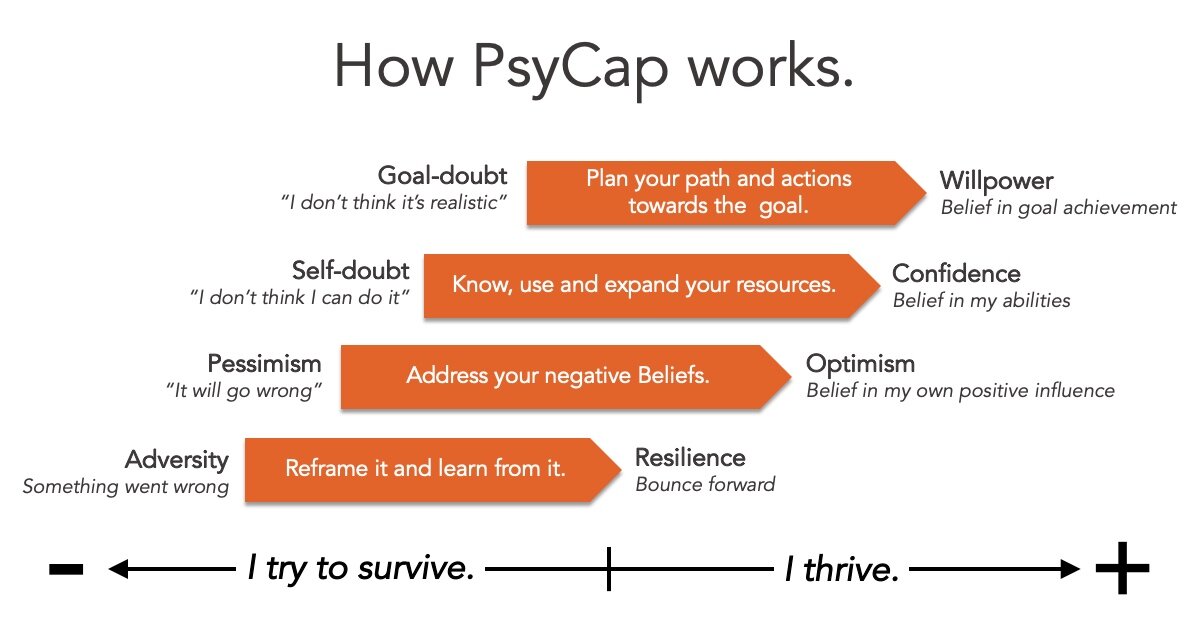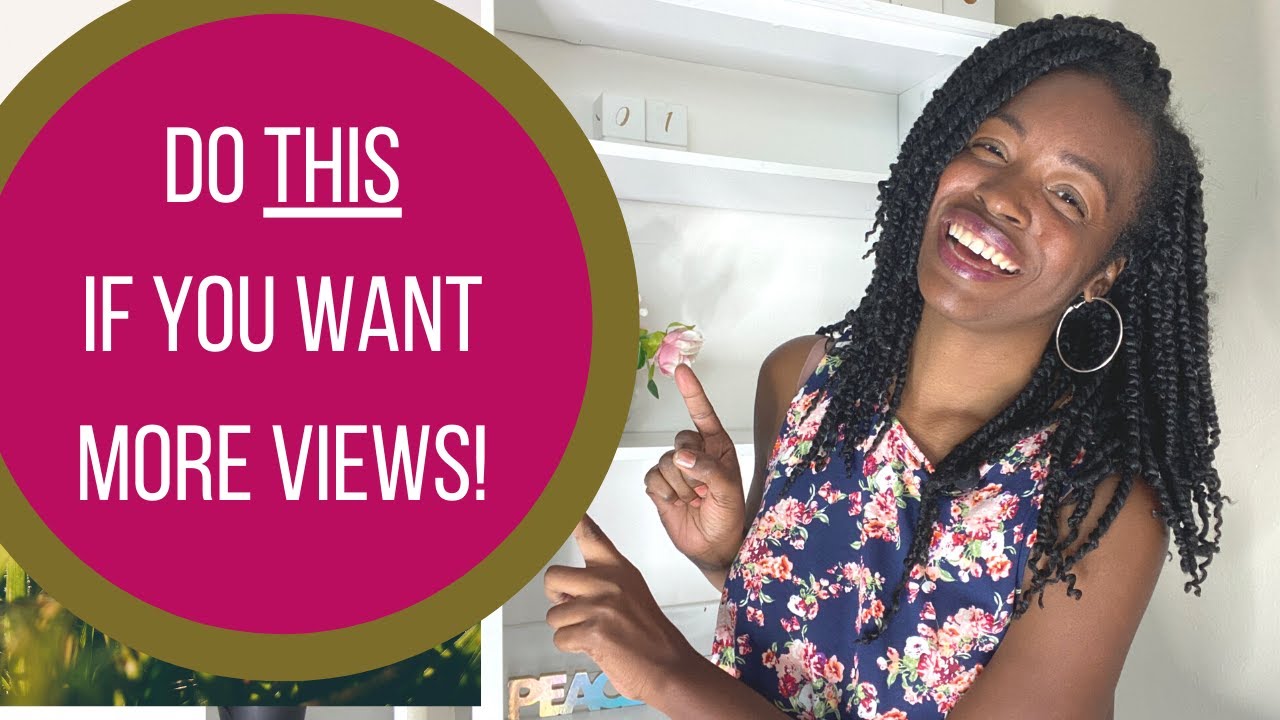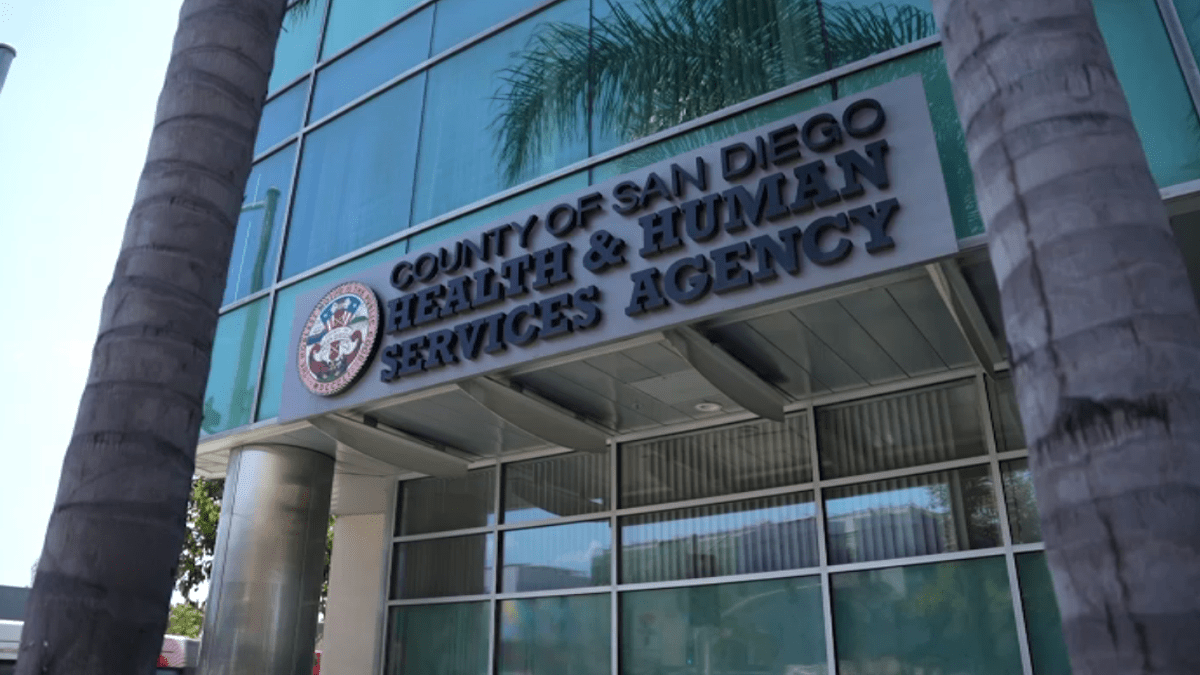Rethinking ADHD Diagnoses In The Age Of TikTok

Table of Contents
The TikTok Effect: Increased Awareness and Self-Diagnosis of ADHD
The Power of Social Media in Raising Awareness
TikTok's short-form video format has proven remarkably effective in raising awareness about ADHD. The platform's accessibility and widespread use have normalized conversations around this neurodevelopmental condition, leading to several positive outcomes:
- Increased Visibility: ADHD is no longer a whispered secret; it's openly discussed, helping to destigmatize the condition.
- Breaking Down Stigma: Sharing personal experiences on TikTok humanizes ADHD, dispelling myths and misconceptions.
- Sharing Personal Experiences: Individuals with ADHD can connect with others, fostering a sense of community and shared understanding.
- Fostering Community: Online groups and hashtags dedicated to ADHD create supportive spaces for individuals to learn, share experiences, and find resources.
This increased visibility offers a significant advantage: many individuals who might have previously remained undiagnosed or untreated are now seeking help. The readily available information, though sometimes lacking in nuance, empowers individuals to initiate conversations with healthcare professionals.
The Downside of Self-Diagnosis
However, the ease with which individuals can access information on TikTok also presents a significant challenge: the potential for inaccurate self-diagnosis. Relying solely on TikTok for ADHD information carries several risks:
- Misinformation: Not all information shared on TikTok is accurate or evidence-based. Unverified claims and biased perspectives can lead to misunderstanding.
- Inaccurate Self-Assessment: Self-assessment tools available online may not accurately capture the complexities of ADHD presentation.
- Delayed Professional Help: Individuals who self-diagnose may delay seeking professional help, potentially delaying appropriate treatment and support.
- Potential for Misdiagnosis and Inappropriate Treatment: Self-diagnosis can lead to incorrect treatment choices, potentially exacerbating existing challenges or causing unintended harm.
It’s crucial to remember that while TikTok can offer a starting point for learning about ADHD, it cannot replace the expertise of a qualified healthcare professional. Differentiating between personal experiences and professional medical advice is essential for responsible information consumption.
Challenges in ADHD Diagnosis: Navigating the Complexities
The Nuances of ADHD Presentation
ADHD is a heterogeneous condition, meaning its symptoms vary significantly from person to person. This variability makes self-diagnosis exceptionally difficult:
- Inattentive, Hyperactive-Impulsive, Combined Presentations: ADHD presents in three distinct subtypes: predominantly inattentive, predominantly hyperactive-impulsive, and combined. Symptoms can also change over time.
- Comorbid Conditions: ADHD often co-occurs with other conditions like anxiety, depression, or learning disabilities, further complicating diagnosis.
The complexity of ADHD necessitates a comprehensive evaluation by a professional to ensure an accurate diagnosis and effective treatment strategy.
The Role of Professional Diagnosis
A proper ADHD diagnosis requires a thorough evaluation by qualified professionals, such as psychiatrists or psychologists. This process typically involves:
- Standardized Assessments: These include validated questionnaires and tests designed to measure specific ADHD symptoms.
- Clinical Interviews: In-depth conversations help to gather a comprehensive history of symptoms, challenges, and overall functioning.
- Differential Diagnoses: Professionals carefully rule out other conditions that might share similar symptoms.
- Individualized Treatment Plans: Based on the diagnosis, personalized treatment plans are developed, tailored to the individual's needs and preferences.
The diagnostic process is crucial; it's not simply about identifying symptoms but understanding their impact on an individual's life and overall well-being. This process utilizes various assessment tools, including the Conners' Scales, the ADHD Rating Scale, and clinical interviews. The importance of ruling out other conditions, such as anxiety disorders or learning disabilities, is paramount.
Responsible Information Consumption on Social Media: Finding Reliable Sources
Vetting Information on TikTok and Other Platforms
Navigating the wealth of information on TikTok requires a critical and discerning approach:
- Look for Verified Professionals: Prioritize content created by licensed healthcare professionals or researchers with established expertise in ADHD.
- Check Credentials: Verify the qualifications and expertise of individuals offering advice.
- Prioritize Evidence-Based Information: Look for information backed by scientific research and clinical studies.
- Be Wary of Unqualified Opinions: Approach claims made by individuals without relevant expertise with caution.
Understanding the difference between sharing personal experiences (which can be valuable for emotional support) and providing medical advice is vital. Personal accounts can offer support and relatability, but should not be considered a substitute for professional guidance.
Utilizing Social Media for Support and Community
Social media platforms, including TikTok, offer valuable opportunities for building community and finding support:
- Finding Peer Support: Connecting with others who share similar experiences can significantly reduce feelings of isolation.
- Sharing Coping Strategies: Learning from others' experiences can provide practical advice and coping mechanisms.
- Accessing Resources: Social media can be a gateway to relevant resources, such as support groups, therapists, and educational materials.
- Fostering a Sense of Belonging: Connecting with a supportive community can improve mental well-being and reduce feelings of stigma.
However, it's crucial to maintain a healthy balance. While social media can provide invaluable support, it shouldn't replace professional guidance or overshadow the need for a proper ADHD diagnosis.
Conclusion
The increased awareness of ADHD fueled by platforms like TikTok is a double-edged sword. While it has undeniably broken down stigma and empowered individuals to seek help, it has also led to a surge in self-diagnosis, potentially delaying accurate ADHD diagnoses and appropriate treatment. The crucial takeaway is this: while TikTok can offer information and community support, it should never replace a proper clinical evaluation by a qualified professional. Responsible information consumption involves critical thinking, vetting sources, and understanding the limitations of social media in providing medical advice. Don't rely on TikTok alone for your ADHD diagnosis. Schedule an appointment with a professional today! Rethink your approach to ADHD information and consult a professional for an accurate diagnosis.

Featured Posts
-
 Understanding The Importance Of Middle Managers In Todays Workplace
Apr 29, 2025
Understanding The Importance Of Middle Managers In Todays Workplace
Apr 29, 2025 -
 How You Tube Caters To The Needs Of Older Viewers
Apr 29, 2025
How You Tube Caters To The Needs Of Older Viewers
Apr 29, 2025 -
 Recent Russian Military Activities Causes For European Concern
Apr 29, 2025
Recent Russian Military Activities Causes For European Concern
Apr 29, 2025 -
 Milly Alcock As Supergirl In Netflixs Sirens A Look At The Cult Trailer
Apr 29, 2025
Milly Alcock As Supergirl In Netflixs Sirens A Look At The Cult Trailer
Apr 29, 2025 -
 Deadly Shooting At North Carolina University Six Others Wounded
Apr 29, 2025
Deadly Shooting At North Carolina University Six Others Wounded
Apr 29, 2025
Latest Posts
-
 Nebraska Senators Express Concerns Over Proposed Gretna Development
Apr 30, 2025
Nebraska Senators Express Concerns Over Proposed Gretna Development
Apr 30, 2025 -
 Nebraska Senators Question Gretna Mega Development
Apr 30, 2025
Nebraska Senators Question Gretna Mega Development
Apr 30, 2025 -
 Biker Seriously Injured In Lorry Collision Investigation Underway
Apr 30, 2025
Biker Seriously Injured In Lorry Collision Investigation Underway
Apr 30, 2025 -
 Family Sues San Diego County Over Inmates Death In Custody
Apr 30, 2025
Family Sues San Diego County Over Inmates Death In Custody
Apr 30, 2025 -
 Inmates Death At San Diego County Jail Prompts Family Lawsuit Alleging Torture And Murder
Apr 30, 2025
Inmates Death At San Diego County Jail Prompts Family Lawsuit Alleging Torture And Murder
Apr 30, 2025
